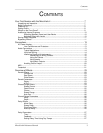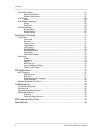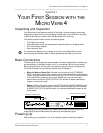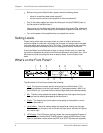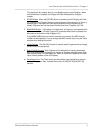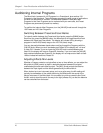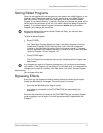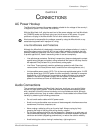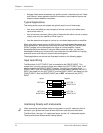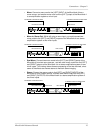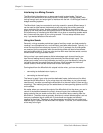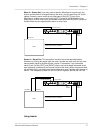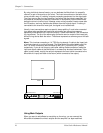
Your First Session with the MicroVerb 4 – Chapter 1
MicroVerb 4 Reference Manual 11
Storing Edited Programs
Once you are satisfied with the changes you have made to an edited Program, or are
creating a new Program from scratch, you will need to store your edited Program
back into memory. The MicroVerb 4 will temporarily store the currently selected
Program in non-volatile memory. If you edit a Program, the changes you made will be
lost the next time you power on the unit if you haven’t stored the edited Program into
memory. If you select another Program from memory before storing the edited
Program, your changes will also be lost.
✪
Although the MicroVerb 4 has two banks (Preset and User), you can only store
Programs in the User bank.
To store an edited Program:
¿ Press [STORE].
The Destination Program Number will flash. If the edited Program is from the
Preset bank (Programs 00-99), the MicroVerb 4 will show the complement
Program in the User Bank (by adding 100 to the Program number.) Programs
can only be stored to the location provided, i.e. there is no way to store an edited
version of Program 112 over Program 113.
¡ Press [STORE] again.
The LED Display will momentarily flash quickly, indicating that the Program has
been stored.
✪
Any changes you make to a Program are temporary, until you store those changes
into memory. If the Program you are editing is in the Preset bank, you must save the
changes you’ve made to a location in the User bank. If you recall another Program
before storing,
your changes will be lost.
Bypassing Effects
At any time you can bypass the effects, thereby allowing the direct signal to pass
through the MicroVerb 4 unchanged. This can be done in two ways:
• by turning the MIX knob all the way to the left,
• by connecting a footswitch to the [FOOTSWITCH] jack and pressing the
footswitch.
Each time the footswitch connected to the [FOOTSWITCH] jack is pressed, Bypass
mode is toggled on and off again. For more information about Footswitches, see
Chapter 2.



